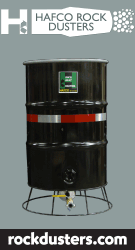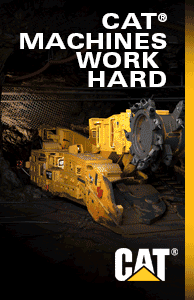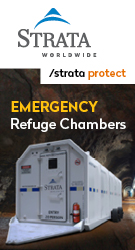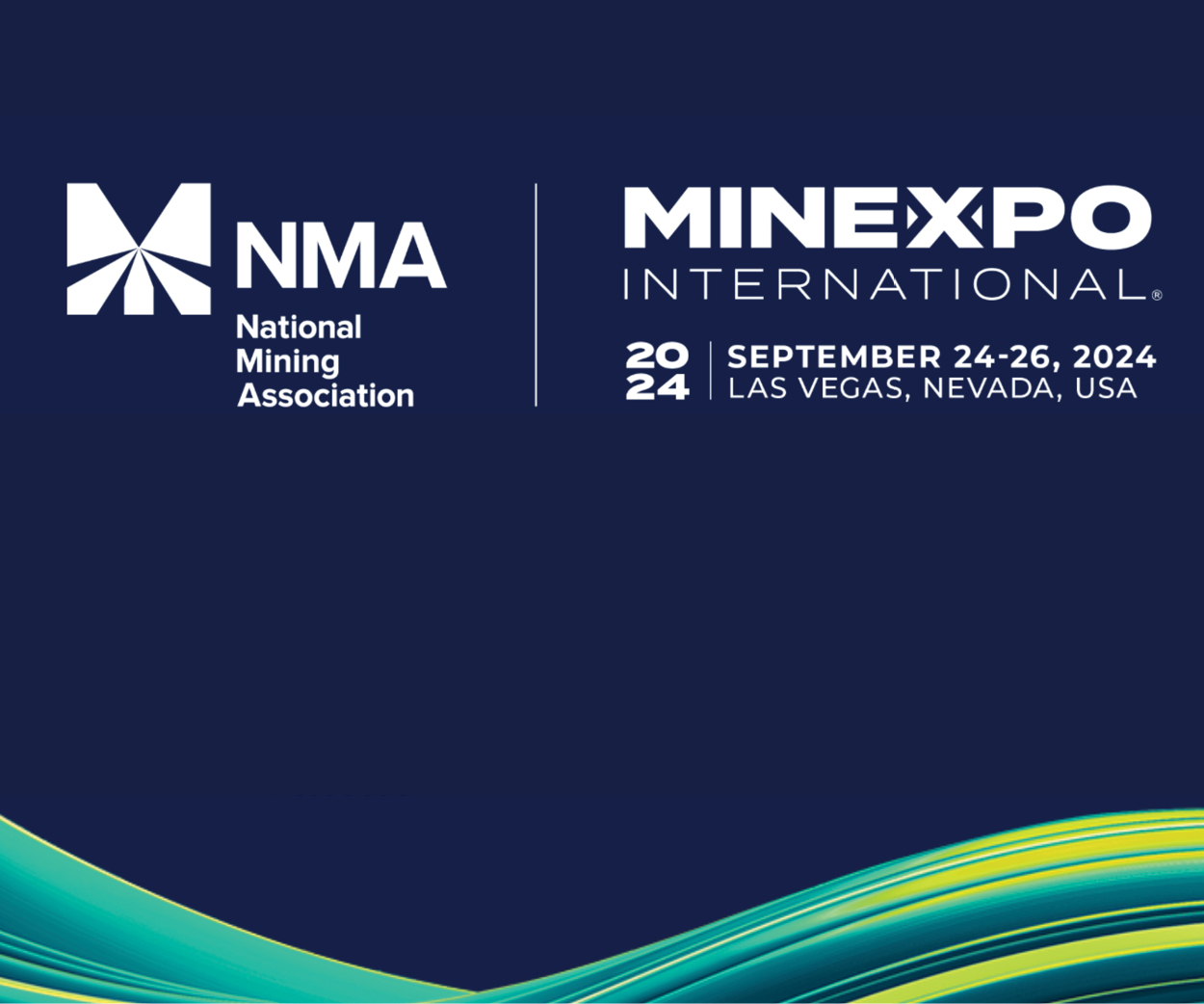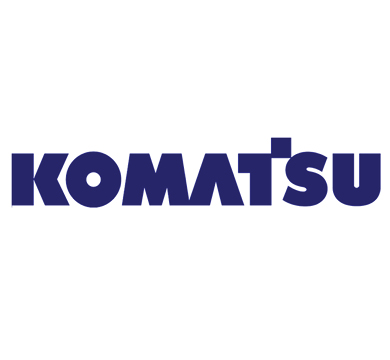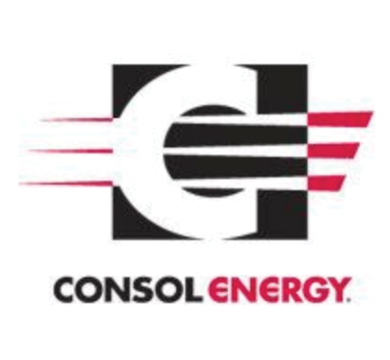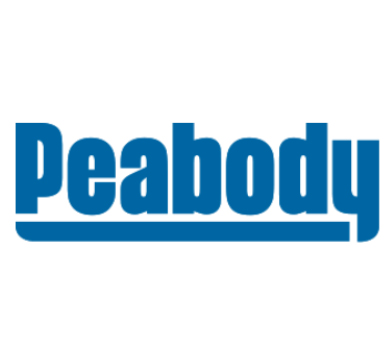Aquatic Consultants in Canada Bring Mine Sites Back to Life
A successful project can take from two to three years, up to 160 to 200 years, if your goal is to grow a mature forest — Warn Franklin Environmental Specialist

Highlnd Valley Copper mine.
[Click image to enlarge]
As more environmental regulations and stipulations surface, mineral exploration and mining industries in B.C. are just as concerned about cleaning up after themselves as they are about finding pay dirt.
“The BC Mines Act has required mine reclamation since 1969,” said Jonathan Buchanan of the British Columbia Technical and Research Committee on Reclamation (BC TRCR).
Mine reclamation is the process of restoring land that has been mined to a natural or economically usable state.
“Although the process of mine reclamation occurs once mining is completed, the planning takes place before a mine is permitted or started,” Buchanan said.
He said there are two main reasons for reclaiming mines: to restore the mine site to a more natural state, such as forest or wetland, or to restore it to a productive state, such as park land or range land.
The process varies in difficulty.
“Reclamation of a modern mine exploration site is simple — you just fill in the trenches,” Buchanan said. “An old mine site, especially one that has been inactive for a long time, can be more complex. If records of what the original site looked like are few or non-existent, reclamation will be a challenge if you’re not sure what your target is.”
The mining industry in B.C. and Canada takes reclamation and rehabilitation very seriously, spending millions of dollars every year to make a mine site beautiful and biologically productive again.
Miners are often recognized for their environmental efforts.
For example, Teck Highland Valley Copper Operations (HVC) recently won the BC TRCR’s Jake McDonald Annual Mine Reclamation Award for reclamation of one of its B.C. mines.
HVC won for using tailings ponds (for mine waste storage) and pit lakes (defunct open-pit mines filled with water) for aquatic habitat and as passive water treatment facilities.
The company was hailed for its 20-year commitment to reclaiming the Bethlehem, Trojan and Highmont tailings ponds and the Huestis, Iona and Jersey pit lakes.
The reclamation resulted in a self-sustaining rainbow trout fishery, reduction of metals in the water and the use of the ponds by a diverse animal population.
HVC’s reclamation work is based on a goal of a net-positive impact on biodiversity in the areas where it operates, said environment supervisor Jaimie Dickson.
“Achieving this goal means that the ecosystem and biodiversity of the mining area and its surroundings will be better off than before the mining occurred,” said Dickson.
One of HVC’s goals was to turn some of the pit lakes and tailings ponds into aquatic habitats.
The process of transforming Trojan Pond into a functioning ecosystem began at the bottom of the food chain.
Dickson describes the complex biological process as follows:
• First, phosphorus and nitrogen were added to the pond to get the food chain started and balance out the
nutrients already present.
• Then bacteria was introduced, followed by algae. Algae help create a healthy habitat for fish by removing much
of the metals in the water.
• After the algae, zooplankton, tiny organisms that eat algae, are added.
• Finally, fish can be added safely.
The fish have been thriving in Trojan Pond to such an extent that HVC hosts fishing derbies there every year.
HVC hired Larratt Aquatic Consulting Ltd., a small consultancy in Kelowna, to do the hands-on reclamation work.
Principal biologist Heather Larratt said the company provides three main services: Research for drinking water suppliers; biological productivity studies for BC Hydro; and reclamation of mine tailings water covers.
“We don’t invent anything in our aquatic mine reclamation work,” said Larratt. “We just speed up what would have happened naturally in 200 to 300 years to take place in decades. We make nature work harder.”
Larratt said the work is very labor intensive.
“Some of the work can be done by sensors, but very little,” she said. “You need to have boots on the ground.”
Mine reclamation often has several land use objectives, ecological, social and cultural, said Warn Franklin, an environmental specialist in southeastern B.C.
“A successful project can take from two to three years, up to 160 to 200 years, if your goal is to grow a mature forest,” said Franklin. “It all depends on your objectives.”
Franklin said more B.C. construction companies should learn the fundamentals of mine reclamation practices.
“The basics are not impossible to learn,” he said. “And when companies do, they can become vendors of choice and partner with resource companies in mine reclamation projects.”
— By: Peter Caulfield, Journal of Commerce








